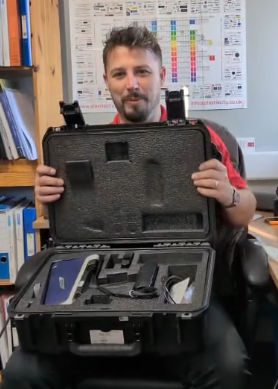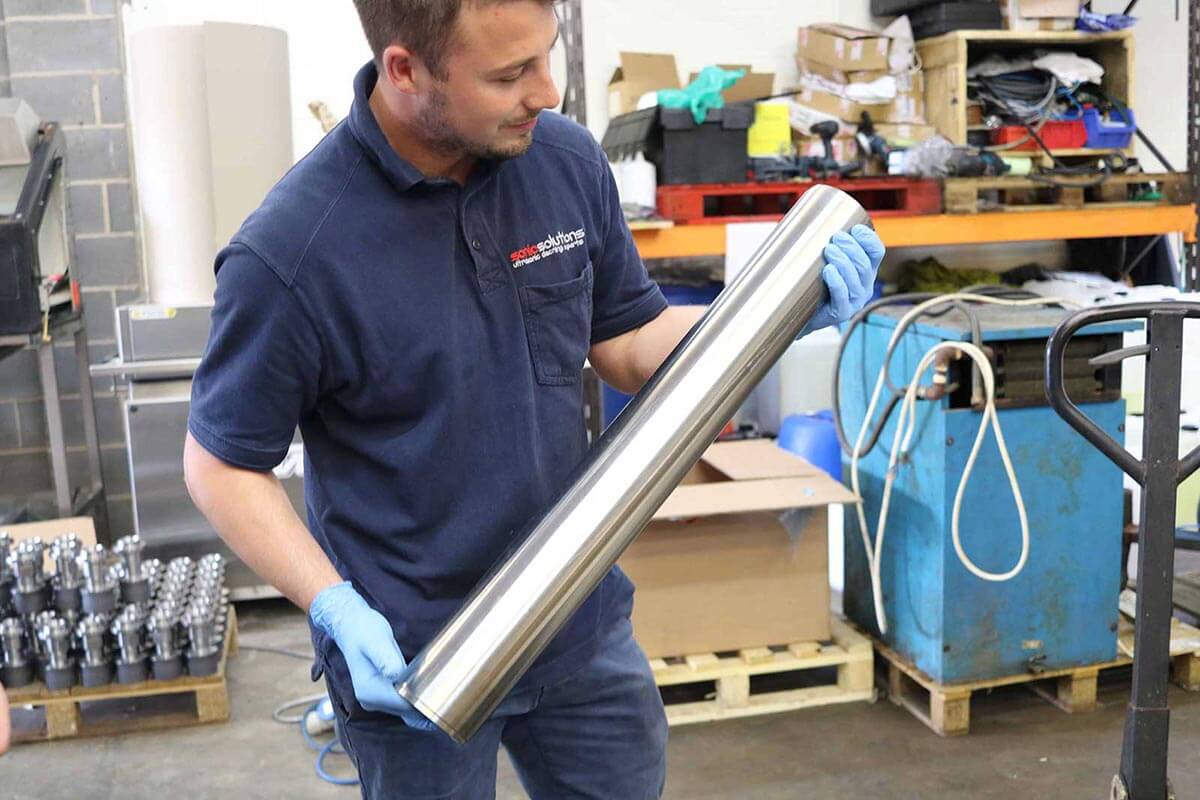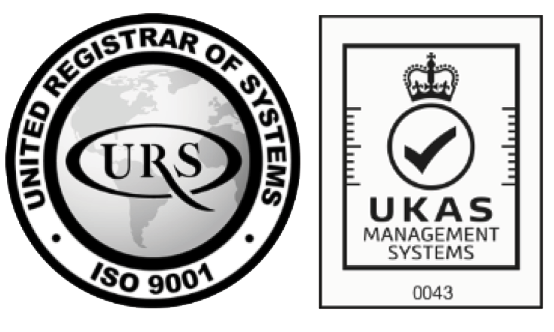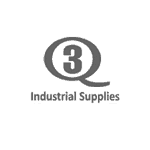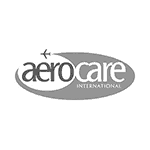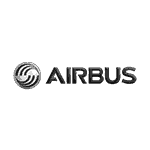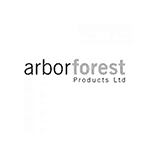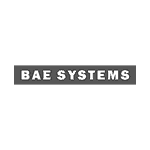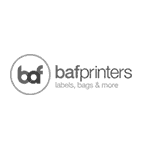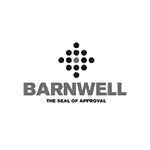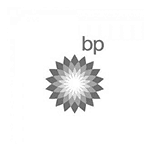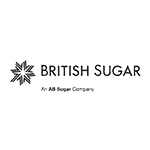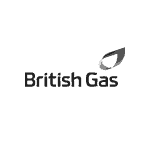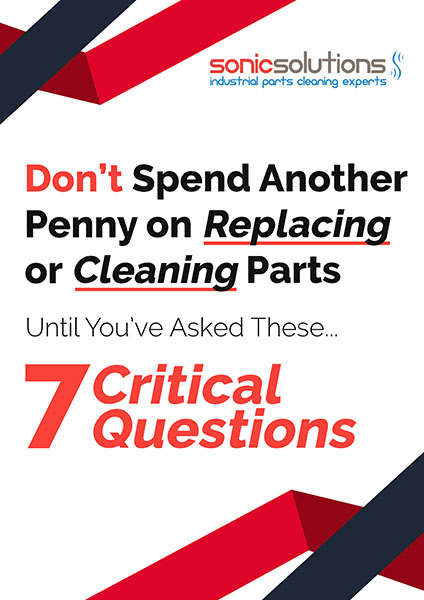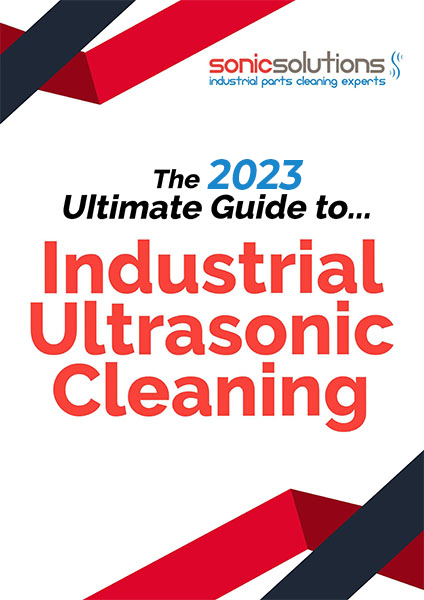How Much do Ultrasonic Cleaning Chemicals Cost?
For friendly & knowledgable help contact us on:
01924 495 975 hello@sonicsolutionsltd.com Open Contact Form
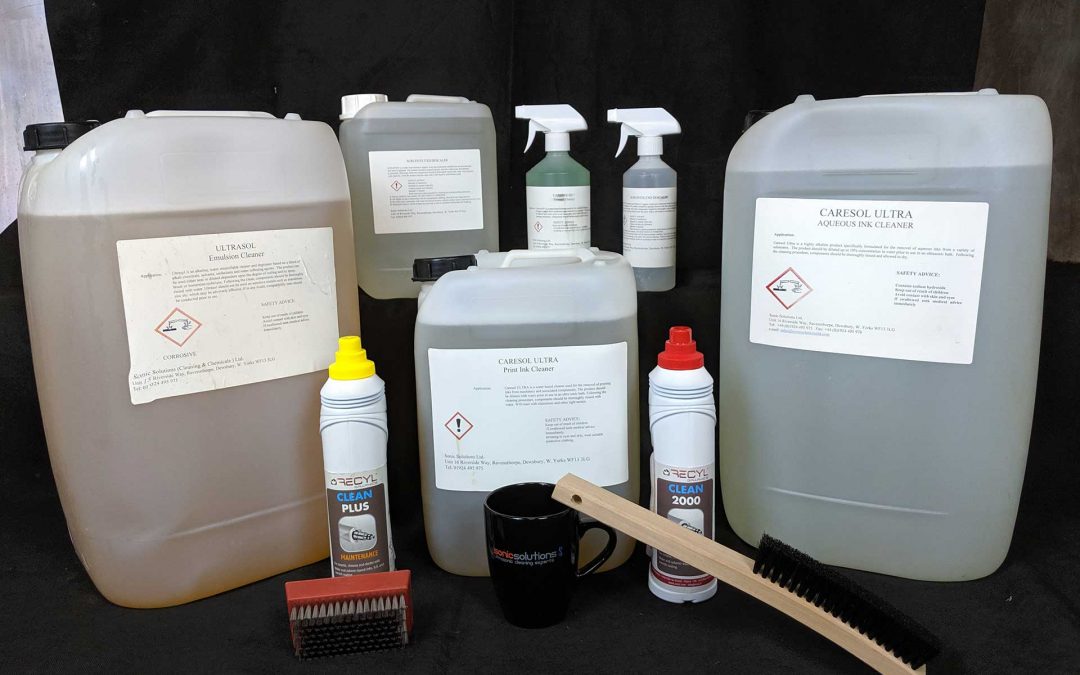
One of the great things about ultrasonic cleaning is that it can be done to remove virtually every type of contaminant simply by varying the chemistry of the cleaning solution. Whilst this flexibility is one of the major benefits of ultrasonic cleaning compared to the alternatives, it also means there is a wide range of chemical cost attributable to the cleaning process.
However, five major factors determine the total lifetime cost of the chemical to be used in ultrasonic cleaning. The first four of these factors are inherent in the chemical itself and therefore almost a given, but the last one depends on how the chemical is used in practice so can be influenced by the user of the chemical. They are as follows;
- Contaminant to be removed; Chemicals used in ultrasonic cleaning vary from acid bases used in the removal of scales and rusts, alkalines for the removal of carbons, greases and oils, and solvent bases for the removal of paints and synthetic coatings. Generally speaking, the cheapest chemistry is alkaline based, progressing to acid-based with solvent-based chemicals the most expensive.
- Additives; Every cleaning operation is slightly different, depending upon the contaminant to be taken off, and the material the part to be cleaned is made of. Therefore even within each of the 3 categories above there are wide variations since the precise nature of the contaminant or the part may require a specific additive. Such additives include inhibitors to make the chemical less aggressive to lighter metals like aluminium; prevention of foaming; prevention of future rust; emulsifiers to absorb oils etc… Not surprisingly the more complex the chemistry, the more expensive the chemical cleaner. The inhibition of reaction to light metals can nearly double the cost of the concentrated chemical used in the ultrasonic bath.
- Dilution levels also play a significant role in the overall chemical cost. Typically solvent-based cleaning solutions are used at higher concentrations than alkalines and acids. Obviously the higher the concentration of the chemical required in the ultrasonic bath, the more chemical is used and the higher the real cost of the bath solution.
- Consumption of the chemical in cleaning – This may seem odd, but whilst all cleaning chemicals will be used up by the cleaning operation over time, some chemistries are physically consumed by it. These will include the following 3 principal chemicals;
- Acids used up in the physical reaction with scale or rust;
- Additives like emulsifiers and chelants which attach to the contaminants being removed;
- Solvents which evaporate at the temperatures being used in cleaning.Once these elements of the cleaning solution have been consumed the solution will stop working effectively and need replacing. The quicker this happens the more expensive the real cost of the chemical being used.
- Longevity of use – Likewise how long the chemical lasts in the ultrasonic bath also influences its true cost to the business. This, in turn, will be affected by 2 factors;
- Levels of dirt on the parts being cleaned – the dirtier the parts are, the shorter the working life of the cleaning solution, and the more expensive the real chemical cost. Pre-cleaning of parts before putting them in an ultrasonic bath can dramatically reduce the chemical usage in the bath, thereby lowering its cost.
- Removal of contaminant from the bath – this will prolong the working life of the chemical in the bath. Practices such as filtration for particulate contaminant, skimming of oil contaminants, and evaporation/condensation for solvent cleaner recovery, all prolong the useful life of the chemicals in the ultrasonic bath, and thereby reduce the effective cost of the cleaning chemical being used.
From the above it can be seen that the full cost of the cleaning chemical will therefore depend not just upon the cost of the initial purchase, but also the actual usage to achieve the required or desired clean.
To give a rough guide to the costs of our cleaning solutions and their broad uses the following matrix may be helpful;
| CHEMICAL TYPE | USED TO REMOVE | CONCENTRATION | COST PER LITRE |
| ALKALINE | Inks, Paints, Carbons, Greases | 5-10% | £3.60 to £6.70 |
| ACID | Rust, scale, oxide, flux | 5-20% | £5.80 to £8.80 |
| SOLVENT | Oils, Greases, synthetic materials | 10-100% | £6.20 to £10.00 |
Of course the most expensive cleaning solution is the one that doesn’t work! Here at Sonic, where we do a lot of cleaning ourselves, we are very aware of all these factors and use the most economic solutions for the job. We sell the same chemicals that we use, and we offer free trial cleaning for all new customers to make sure the entire cleaning process, including the chemical, is optimised.
For any questions you may have about cleaning chemicals just get in touch, and we’ll be happy to help.
To understand more about ultrasonic cleaning and how it might benefit you and your application please call or email one of our helpful cleaning experts today on 01924 938052 or hello@sonicsolutionsltd.com

